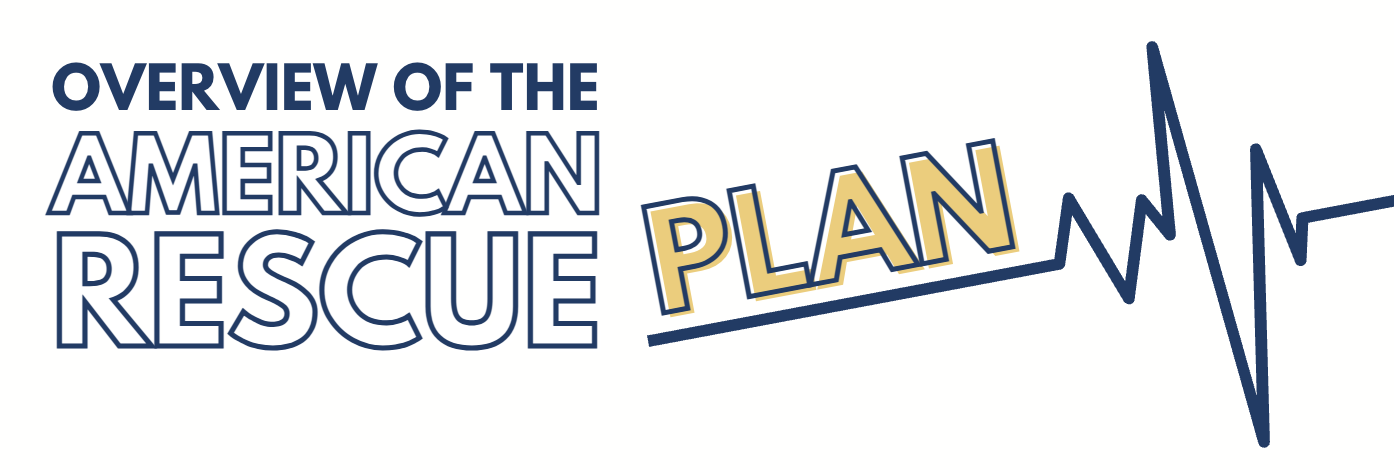
The $1.9 trillion relief bill, known as the American Rescue Plan, has been signed into law by President Joe Biden. Highlights of the bill include extended unemployment benefits, direct checks to individuals, and more.
While some of the bill was changed during its time with Congress, it’s largely similar to the initial version passed by the House. However, some key provisions, such as a higher minimum wage, were scrapped amid efforts to pass the bill swiftly.
This article outlines the most relevant provisions included in the bill.
Small Business assistance
The bill invests billions toward small business assistance. Here is the current funding breakdown:
- Economic Injury Disaster Loan program: $15 billion
- New grant program for bars and restaurants, specifically: $28 billion
- Paycheck Protection Program: $7.25 billion
Direct payments
Just like the two other COVID-19 relief bills passed during the pandemic, this version also features direct payments to Americans. This time around, eligible recipients can expect $1,400 per person ($2,800 for couples), including adult dependents—a family of four could receive up to $5,600.
However, payment parameters are stricter this time around than with the previous direct payment. The full amount will go to individuals earning under $75,000 (or $150,000 for couples), with payments cut off entirely for individuals earning over $80,000 (or $160,000 for couples). Individuals earning an amount between those figures will receive a reduced sum.